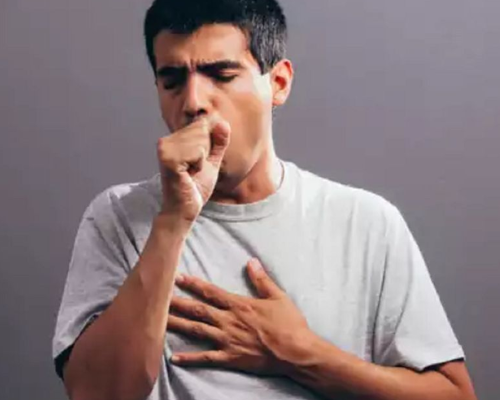Respiratory Disorders

Pneumonia Bronchial Asthma, COPD, Tuberculosis:
A group of diseases that affects airways and lungs are called respiratory diseases. Respiratory disorders include Bronchial asthma, COPD ( chronic obstructive lung disease), chronic bronchitis, ILD ( interstitial lung disease), infectious diseases like pneumonia, tuberculosis.
Cough, shortness of breath, chest pain and hemoptysis (blood in sputum) are the predominant symptoms. Asthma and COPD patients present with cough, breathlessness and easy fatigability. Tuberculosis presents with fever, weight loss, cough.
Investigations like chest xray, CT scan, sputum testing, bronchoscopy may be required for diagnosis
Asthma:
Inflammation of the airways causes asthma. Bronchi, which carry air into and out of the lungs, will be inflamed and more sensitive than normal. In response to something that irritates the lungs, the airways narrow, the muscles contract, and sticky mucus or phlegm is released. This results in difficulty breathing, wheezing, coughing, and tightening of the chest.
COPD ( Chronic Obstructive Lung Disease) :
The term COPD refers to a variety of progressive lung diseases. COPD can be caused by chronic bronchitis and emphysema. When you are diagnosed with COPD, you may have symptoms of both of these lung-damaging diseases. As COPD progresses, it becomes harder to breathe.
Chronic bronchitis
Chronic bronchitis irritates the bronchial tubes that transport air from your lungs to your lungs. Swelling of the tubes results in mucus (phlegm or “snot”) building up along the lining. When the buildup narrows the tube’s opening, it makes it harder to breathe.
Emphysema
Emphysema is one of the diseases that comprises COPD (chronic obstructive pulmonary disease). Emphysema develops over time and involves the gradual damage of lung tissue, specifically the destruction of the alveoli (tiny air sacs). Gradually, this damage causes the air sacs to rupture and create one big air pocket instead of many small ones. This reduction in the lung surface area traps air in the damaged tissue and prevents oxygen from moving through the bloodstream. Additionally, this blockage causes the lungs to slowly overfill and makes breathing increasingly more difficult.
